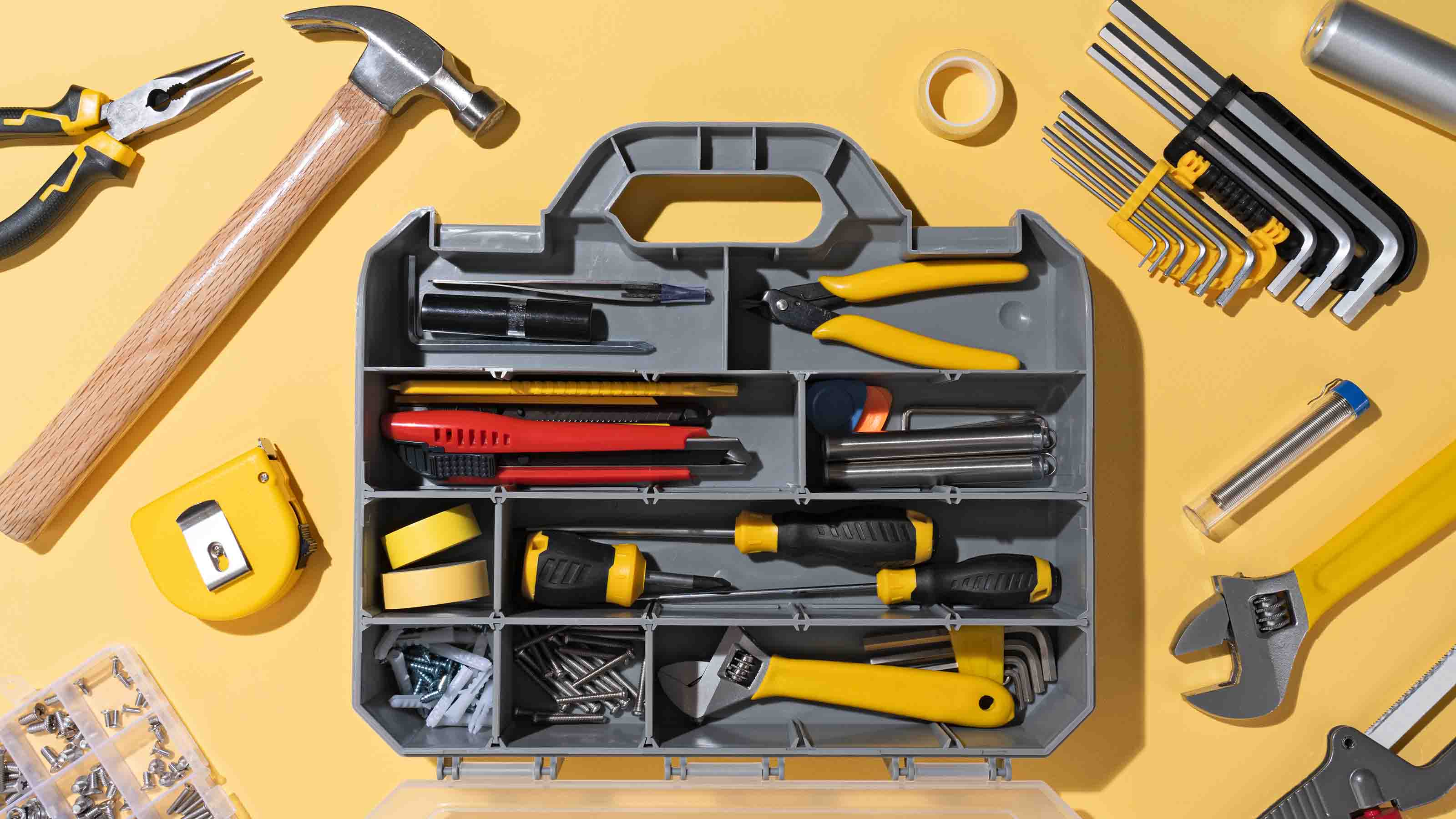Myth 1: Leasing a new car costs far more than buying it.
A hard look at the numbers reveals that leasing can be as good a deal as buying. Just as the lower monthly payments don't automatically make a lease vastly cheaper, neither does the fact that you own nothing at the end of a lease mean you're throwing your money away.
To compare buying and leasing fairly, don't forget to take into account the economic power of money you don't put into a down payment or sky-high monthly payments on a purchase deal.
For example, consider a recent deal on a $35,320 car: a 48-month lease for $359 a month and $2,646 down. At the end of the lease you could buy the car for $13,775. That brings your total out-of-pocket costs to about $33,650, assuming you pay cash at lease-end rather than finance the purchase.
From just $107.88 $24.99 for Kiplinger Personal Finance
Become a smarter, better informed investor. Subscribe from just $107.88 $24.99, plus get up to 4 Special Issues

Sign up for Kiplinger’s Free Newsletters
Profit and prosper with the best of expert advice on investing, taxes, retirement, personal finance and more - straight to your e-mail.
Profit and prosper with the best of expert advice - straight to your e-mail.
Buy the car for a haggled-down price of $33,900, put the same $2,646 down and finance the car for four years with a 6% car loan, and your monthly payments jump to $734. After four years, your total cost is $37,880 -- in this case, about $4,200 more than the lease cost.
This manufacturer happened to be offering a superlow interest rate on the lease, and more often the numbers favor buyers. But what if you leased the car and saved the extra $375 (or whatever the difference comes to) you would have made on purchase payments? Invest that money, or pay down expensive debt and you're even further ahead with the lease.
Use the Should I lease or purchase? calculator to estimate the cost differences.
Other factors give a lease a leg up on a purchase. For example, most leases include free gap insurance, which covers the difference between the lease payoff and an insurance settlement if your car is totaled or stolen. It's unlikely you'll find that kind of protection when you buy an automobile. If it's totaled, the difference between the balance due and the insurance settlement comes out of your pocket.
Myth 2: A lease consigns you to everlasting payments.
It's common knowledge that leasing makes sense only for those who get a new car every two or three years, those masochists who hit the showrooms as soon as a loan is paid off. The corollary is that if you love the no-payment years of owning a car, you should scorn leasing.
Whoa. Not necessarily.
If you want to buy the car at the end of the lease, your contract will give you a right to do so -- at a set price.
And as Myth 1's example shows, you wouldn't be a chump if you went the "lease now, buy later" route. In fact, it affords you some protection. If you no longer want the car at the end of the lease, you can just walk away. If you had purchased the car new, you'd be stuck with selling it or trading it in, and there's no guarantee how much money you'd get.
Myth 3: Excess wear-and-tear charges are unfair.
Not so. These charges are designed to make you pay for your (over)use of the vehicle. You'd face the same financial hit if you had purchased the car. Dings in the door or tears in the upholstery would cut into how much you'd get when you traded it in. The charge on a lease is more in-your-face, but the financial pain should be about the same.
But don't leasing companies pile on charges for wear and tear? No, says Jerry Mahoney, who provides leasing for American Automobile Association members. "If anything, they have become more lenient, giving the consumer the benefit of the doubt."
Myth 4: Early-termination fees exact a far heavier penalty than if you change your mind when you buy a car.
It only seems that way. If you decide to bail out of a car purchase, you'll pay the piper, too. The car may be worth far less than you still owe on the loan. And because depreciation is spread evenly over the term of the lease, if you turn in the car early, you are sure to have "used up" more of the car than you've paid for, particularly if you made no down payment.
The early-termination fee is the way the dealer evens things up. Moral: Plan to keep your car to the end of the lease. It doesn't make sense to stretch out the term to get lower payments if you're likely to break the lease early.
Myth 5: Leasing is a mistake if you put high mileage on a car.
Do you believe that racking up high mileage on a car you own carries no cost? The difference is that when you buy, you realize the loss as a lower trade-in value. With a lease, you pay out of pocket when you turn in the car.
If you expect to drive more than the 12,000 to 15,000 miles per year built into a typical lease contract, negotiate a higher mileage limit. That's likely to cost less than 10 cents per mile per year -- a less painful prospect than paying a penalty of 15 cents or 25 cents per mile over the contract ceiling.

How to Negotiate a Lease
How to Shop for a Used Car

Profit and prosper with the best of Kiplinger's advice on investing, taxes, retirement, personal finance and much more. Delivered daily. Enter your email in the box and click Sign Me Up.
-
 Gold and Silver Shine as Stocks Chop: Stock Market Today
Gold and Silver Shine as Stocks Chop: Stock Market TodayStocks struggled in Friday's low-volume session, but the losses weren't enough to put the Santa Claus Rally at risk.
-
 Don't Wait Until January: Your Year-End Health Checklist to Kickstart 2026
Don't Wait Until January: Your Year-End Health Checklist to Kickstart 2026Skip the fleeting resolutions and start the new year with a proactive plan to optimize your longevity, cognitive health, and social vitality.
-
 Premium Rewards Cards: More Perks, Higher Fees
Premium Rewards Cards: More Perks, Higher FeesSome issuers are hiking the annual fee on their flagship luxury credit cards by hundreds of dollars. Are they still worth using?
-
 AI Appliances Aren’t Exciting Buyers…Yet
AI Appliances Aren’t Exciting Buyers…YetThe Kiplinger Letter Artificial intelligence is being embedded into all sorts of appliances. Now sellers need to get customers to care about AI-powered laundry.
-
 10 Things You Should Know About Buying a Car Today, Even if You've Bought Before
10 Things You Should Know About Buying a Car Today, Even if You've Bought BeforeIf buying a car is on your to-do list, and it's been a while since you went shopping for a new one, this guide will help avoid any nasty shocks in the showroom.
-
 Banks Are Sounding the Alarm About Stablecoins
Banks Are Sounding the Alarm About StablecoinsThe Kiplinger Letter The banking industry says stablecoins could have a negative impact on lending.
-
 Get the Best Car Deal in Retirement: Here's the Trick
Get the Best Car Deal in Retirement: Here's the TrickPlanning on shopping for a new car this Labor Day weekend? Here’s how to haggle for a better price, even though you're retired.
-
 Big Changes Are Ahead for Higher Ed
Big Changes Are Ahead for Higher EdThe Kiplinger Letter A major reform of higher ed is underway. Colleges are bracing for abrupt change, financial headwinds and uncertainty.
-
 What New Tariffs Mean for Car Shoppers
What New Tariffs Mean for Car ShoppersThe Kiplinger Letter Car deals are growing scarcer. Meanwhile, tax credits for EVs are on the way out, but tax breaks for car loans are coming.
-
 AI’s Rapid Rise Sparks New Cyber Threats
AI’s Rapid Rise Sparks New Cyber ThreatsThe Kiplinger Letter Cybersecurity professionals are racing to ward off AI threats while also using AI tools to shore up defenses.
-
 Blue Collar Workers Add AI to Their Toolboxes
Blue Collar Workers Add AI to Their ToolboxesThe Kiplinger Letter AI can’t fix a leak or install lighting, but more and more tradespeople are adopting artificial intelligence for back-office work and other tasks.